Quality loft Conversions in bristol and south wales
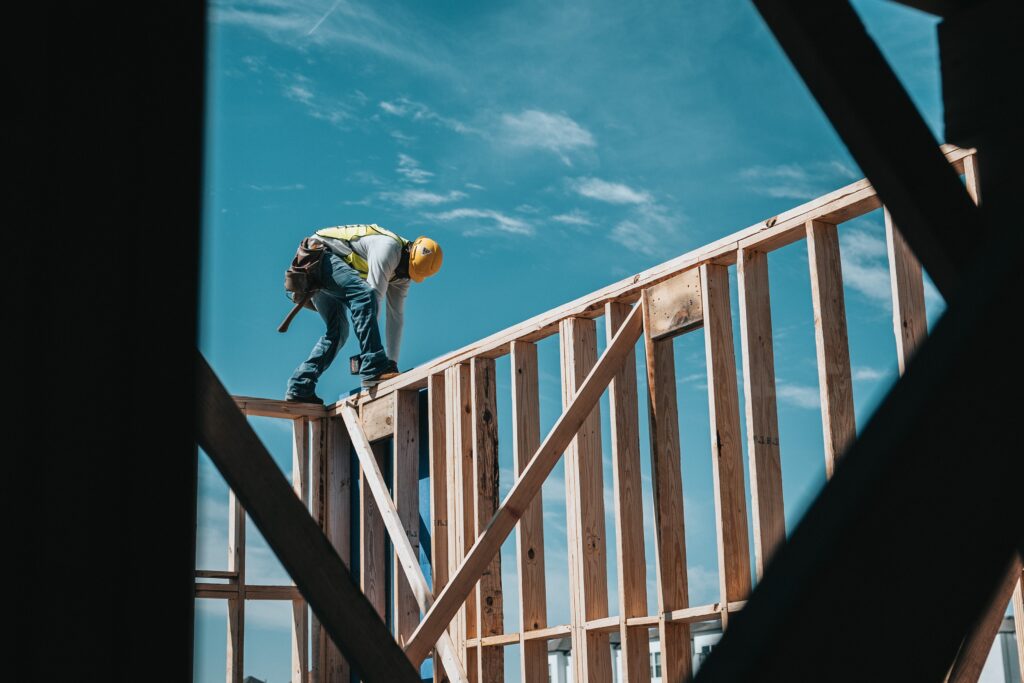
About Us
We have been converting lofts since 1989 and are committed to using the best materials and professional tradesmen to fulfill the needs of all customers.
Our challenge is to remain the premier loft conversion company in Bristol, Wales and the West, and to provide a stress-free and efficient all-inclusive loft conversion service based upon high-quality customer service from start to finish.
This we aim to achieve via a committed workforce with the skills and enthusiasm to carry out their work to a high standard.
3018
Loft Conversions built
23
Staff
6181
Cups of tea consumed
Add Space and Value to your home
By adding more room to your home you will make your space more usable and more valuable if you ever decide to move on.
Our team will help you through the entire process from design, build and finishing.
We aim to complete jobs in a timely manner and keep you happy and informed throughout the entire process.
Loft Conversions
We have over 30 years of experience in planning and building loft conversions in Bristol and South Wales.
Home Office
Transform an under-used part of your home into a home office – and at the same time, add value to your property.
Guest Bedroom
Convert a part of your home into a guest space, and even rent out for holidays to get some additional income.
Get a Quote Now
Loft and Attic Conversions
Converting your attic or loft is one of the most cost effective ways of inreasing the usable space in your home.
Loft Conversions – Our Ultimate Guide
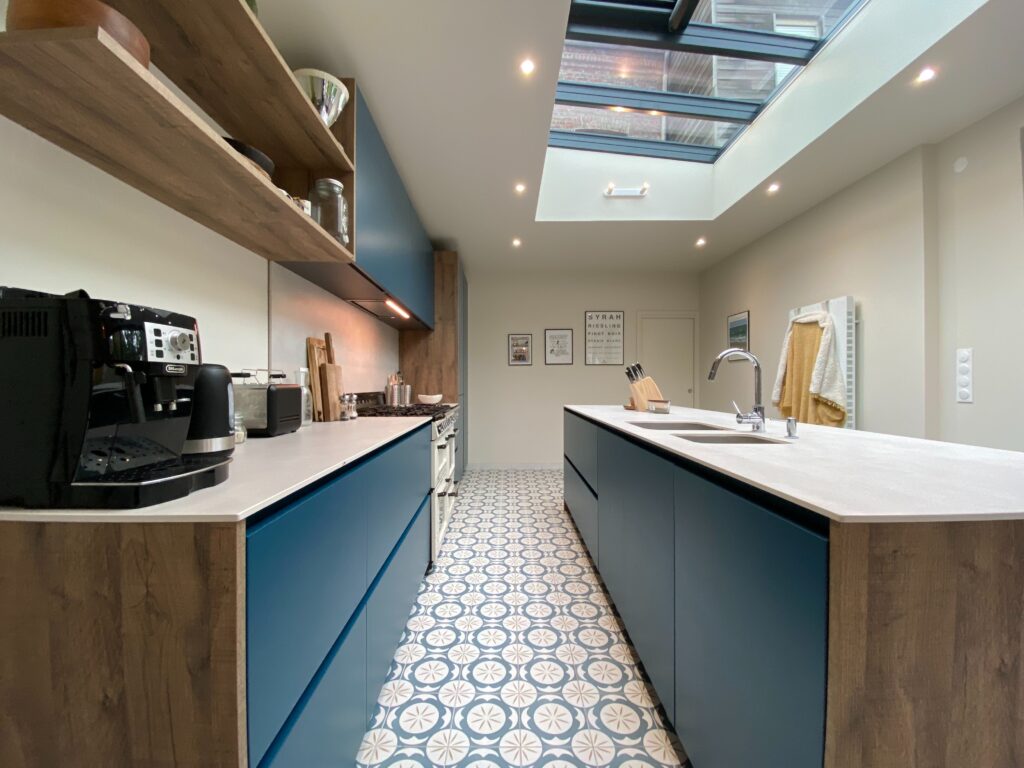
Introduction
The surge in popularity of loft conversions in the UK can be attributed to the desire for additional living space without the need for a full-scale house extension.
With property values on the rise, homeowners are increasingly turning to loft conversions as a strategic investment to enhance both the functionality and value of their homes.
This guide will take a detailed look at every aspect of loft conversions, guiding readers through the intricacies of this transformative home improvement process.
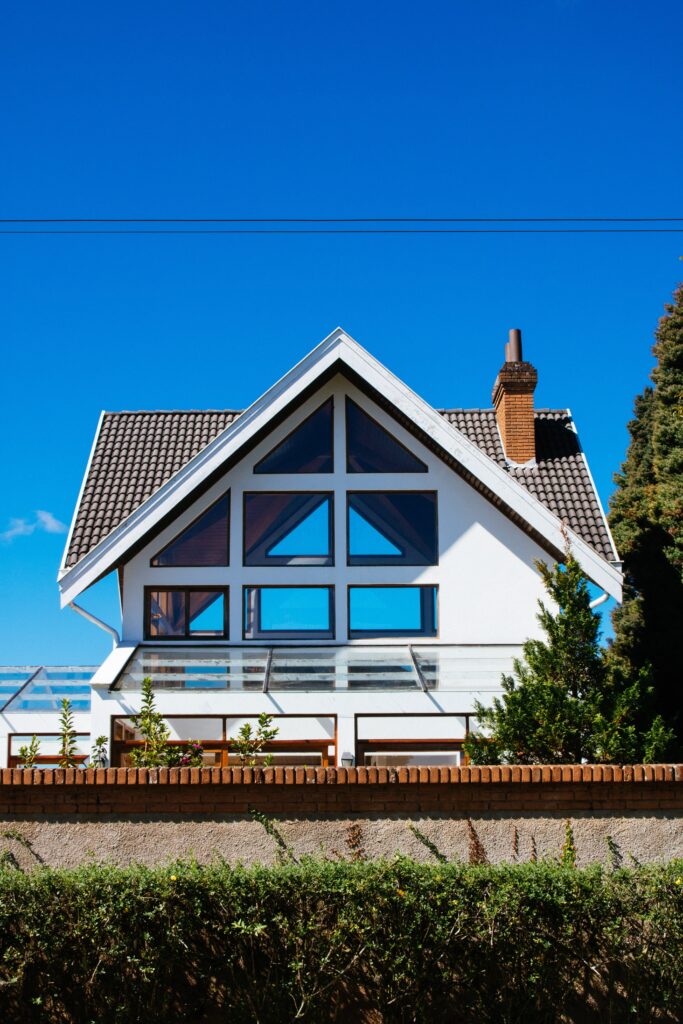
Types of Loft Conversions
Dormer Loft Conversions
Dormer loft conversions are a versatile option for homeowners seeking to maximize both floor space and headroom. This extension involves creating a vertical structure that extends from the existing roof, providing ample space for various room configurations, such as bedrooms, offices, or playrooms. Despite their practicality, it’s important to carefully consider the impact on the exterior aesthetics of the property, as Dormer conversions alter the roofline.
Velux (Roof Light) Loft Conversions
Velux, or roof light, loft conversions focus on harnessing natural light by incorporating windows into the existing roof slope. This cost-effective option is particularly suitable for pitched roofs and brings a bright and airy feel to the newly converted space. Its unobtrusive nature ensures minimal disruption to the external appearance of the property.
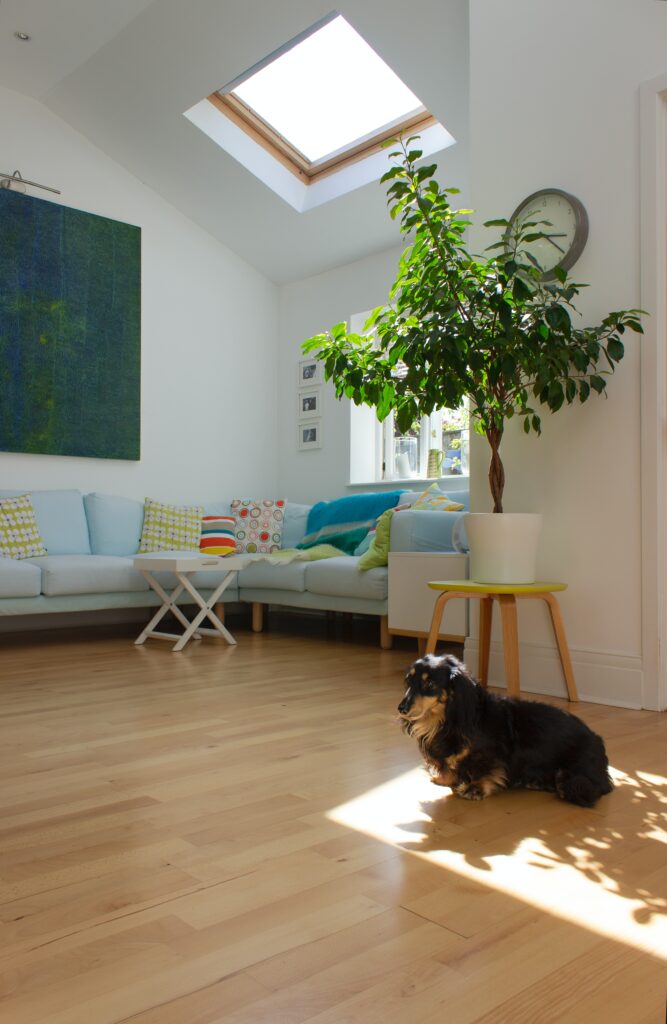
Hip-to-Gable Loft Conversion:
Hip-to-Gable loft conversions involve transforming a hip roof into a gable, creating additional space and headroom. This type of conversion is often chosen for its aesthetic enhancements, as it allows for the integration of larger windows or even balconies. However, homeowners should carefully assess the feasibility based on their existing roof structure.
Planning and Regulations
Before breaking ground on a loft conversion project, homeowners must navigate the complexities of planning permission and building regulations. Understanding permitted development rights is crucial, as many loft conversions fall within these guidelines.

However, obtaining planning permission may be necessary for specific alterations or if the property is in a conservation area. Complying with building regulations ensures the safety, structural integrity, and energy efficiency of the conversion, covering aspects such as fire safety, insulation, and ventilation.
Choosing a Professional Company
The success of a loft conversion project hinges on the expertise of professionals involved. Hiring a qualified architect is essential for designing a space that not only meets aesthetic preferences but also adheres to structural requirements.
When selecting a builder or contractor, homeowners should prioritize reputation, qualifications, and experience. Obtaining multiple quotes, checking references, and verifying credentials are crucial steps in making an informed decision.
Budgeting and Financing
Loft conversions come with a range of cost factors, including design, materials, labor, and unforeseen expenses. Homeowners must carefully budget for these elements to avoid financial strain during the project.
Exploring financing options, such as personal savings, loans, or remortgaging, provides flexibility. Additionally, implementing cost-saving measures, such as repurposing existing materials or fixtures, can contribute to a more affordable yet high-quality conversion.
Design Considerations
Crafting a thoughtful design is essential for a loft conversion that seamlessly integrates with the existing home. Maximizing natural light through strategically placed windows or skylights enhances the overall ambiance.
Efficient storage solutions, such as built-in wardrobes or under-eaves storage, contribute to a clutter-free environment. Incorporating energy-efficient features, such as insulation and energy-efficient windows, ensures a comfortable and sustainable living space.
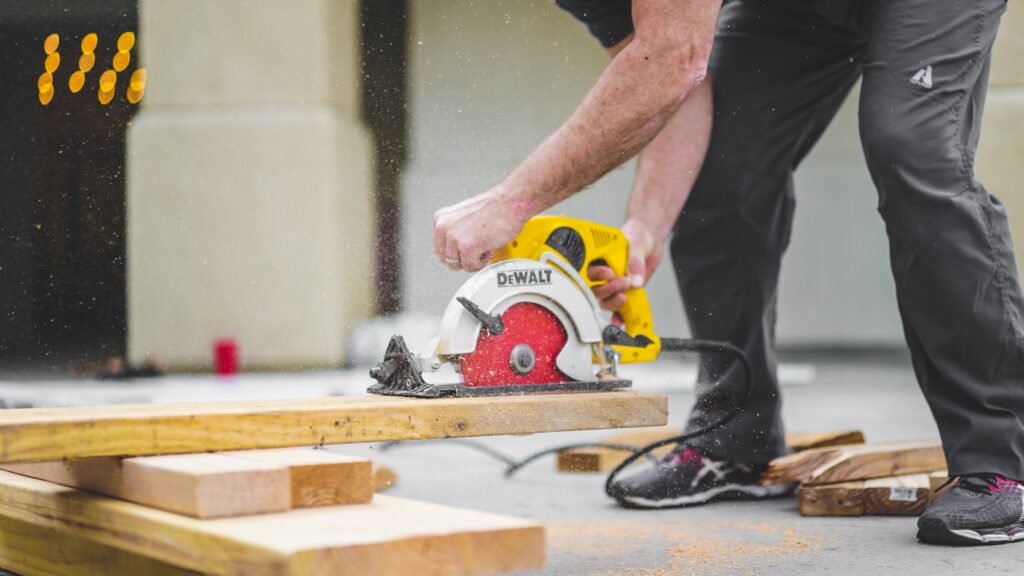
The Building Process
The loft conversion process is a multi-step journey that begins with an initial assessment and design phase. During this stage, architects and builders collaborate to create plans that align with the homeowner’s vision.
Obtaining necessary permissions, whether through permitted development rights or planning applications, follows. The construction phase involves structural work, roofing, insulation, and interior finishes.
A final inspection ensures compliance with building regulations and marks the completion of the project, with homeowners ready to enjoy their newly transformed space.
Potential Challenges and Solutions
While loft conversions offer numerous benefits, challenges may arise during the project. Structural issues, unforeseen complications, or unexpected costs can present hurdles.
Homeowners should be prepared for these challenges and work closely with professionals to find effective solutions.
Maintaining open communication, regular project updates, and a flexible mindset are essential for overcoming obstacles and ensuring the successful completion of the conversion.
Maintenance and Long-Term Considerations
Beyond the excitement of the construction phase, maintaining a loft conversion is crucial for its long-term functionality and durability.
This section will delve into aspects such as regular upkeep, addressing potential issues over time, and implementing measures to ensure the continued efficiency of the converted space. Insights into insulation maintenance, roof integrity checks, and other long-term considerations will empower homeowners to preserve the value of their investment.
Final Thoughts
In conclusion, this in-depth guide has explored the multifaceted world of loft conversions, covering everything from the various types and design considerations to the intricate processes of planning, construction, and long-term maintenance.
By encouraging readers to consider the benefits of loft conversions and providing a wealth of information, this comprehensive resource aims to equip homeowners with the knowledge and inspiration needed for a successful and rewarding home improvement journey. Whether seeking additional space for a growing family or aiming to increase property value, a well-executed loft conversion holds the potential to transform a house into a dream home.

